
Official Edgar Rice Burroughs Tribute and Weekly Webzine Site
Since 1996 ~ Over 10,000 Web Pages in Archive
Presents
Volume 2084
THE ERB / HAGENBECK CONNECTION
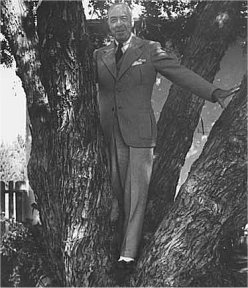
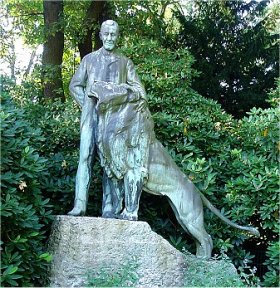



|
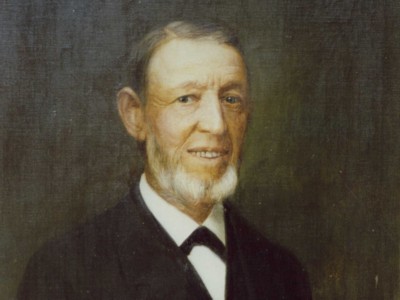
Carl Hagenbeck (1844 - April 14, 1913) was a wild animal merchant who supplied zoos and circuses. He designed natural animal pens so as to present animals in their native habitats and as such he is generally recognized as father of the modern zoo. He pioneered the use of rewards-based animal training as opposed to fear-based training.
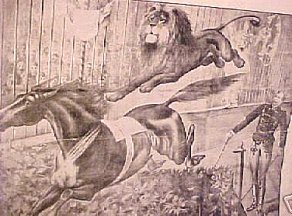 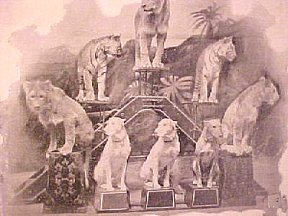 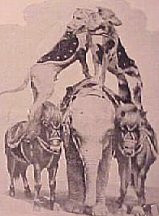
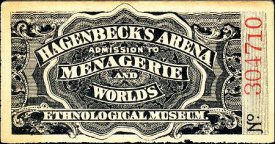 |
|
Tarzan Finds a Son: The Hagenbeck-Wallace Circus provided elephants for the stampede in this 1939 film. Tarzan's New York Adventure: MGM rented the entire Hagenback-Wallace Circus and set it upon their back lot for the filming of this 1942 Tarzan movie.
Emmett Kelly got his start as "Weary Willie" during
the Great Depression with Hagenbeck-Wallace
In 1937, cowboy, rodeo performer, and movie actor Hoot Gibson performed with the circus. One of the worst circus train wrecks in U.S. history occurred just before
4:00 AM on June 22, 1918,
The building in Peru, Indiana that formerly housed the winter home of
Hagenbeck-Wallace
|
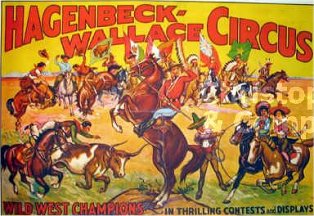
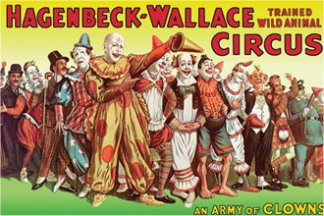 |
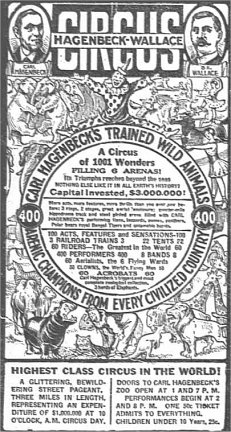 |
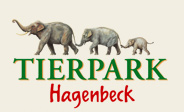
Ref: The Hagenbeck-Tierpark Website
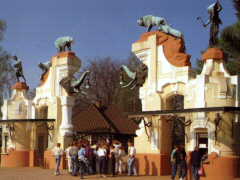
There are more than 2100 animals in the famous Hagenbeck zoo. Carl Hagenbeck exhibited seals on Hamburg's Reeperbahn for the first time in 1848. The lions' tract was once remarkable as being the first unfenced enclosure for lions in the world. One of the zoo's biggest attractions is the 'Troparium', with its sharks and moray eels, corals and sea-horses, piranhas, alligators and anacordas. And both young and old enjoy the sight of the walrusses at feeding time, the baby elephants lumbering along and the breathtaking dolphin show.Around the turn of the century, Carl Hagenbeck (14th June 1844 to 14th April 1913) had the idea of exhibiting animals in bar-less, open-air enclosures instead of in cages. Instead of bars, the animals are separated from the public by invisible ditches. This idea was patented by Carl Hagenbeck in 1896, and in 1907 he opened his Zoo in Stellingen, a district of Hamburg.
Since then, zoos modelled on Carl Hagenbeck’s design featuring open-air enclosures and panoramic landscapes have opened all over the world. Hagenbeck’s Zoo has become known as the forerunner of the modern Wild Animal Park.
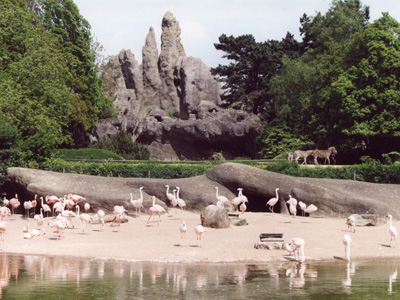
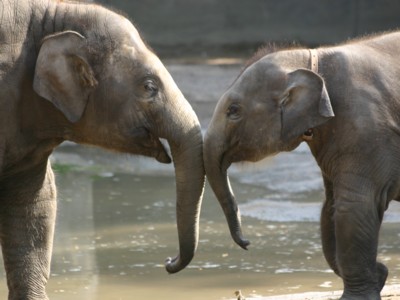
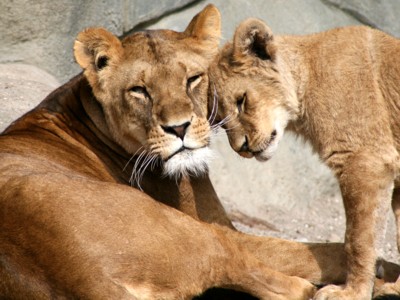
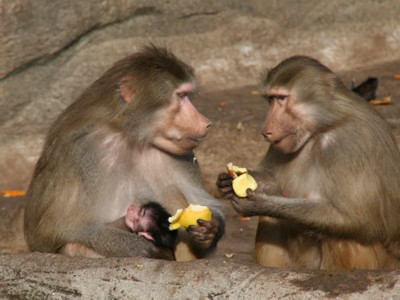
External Web Refs
The Hagenbeck-Tierpark Website
www.sideshowworld.com
www.1893columbianexpo.com